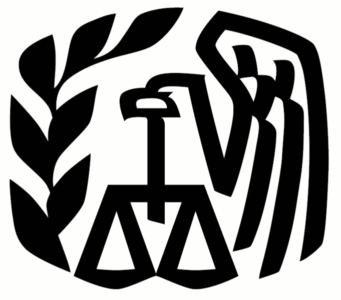Private Letter Ruling 201046013, 11/19/2010
This was originally published on PAOO on November 27th, 2010.
This merits a brief bonus post. A utility company is engaging in a controlled experiment to determine the effectiveness of a variety of energy saving techniques. They are dividing the sample into four groups:
The first group will be the control group. They will have fixed rate electricity pricing and receive information from monthly electricity bills only. The second group will receive an Advanced Metering Infrastructure (“AMI”) meter. The AMI meter will give hourly electricity pricing and will provide web- based electricity consumption and pricing information. The third group will receive an AMI meter and a PV system. The PV system will allow the home to use electricity that it produces, not through the traditional electricity distribution grid. The forth group will have the AMI meter, the PV system, and a battery back-up energy storage for critical load panel. The panel will allow the home to produce energy with the PV system and store it for use at other times. The PV system and related property provided to customers will be owned wholly by them, and may give rise to increased value to customer’s homes.
Under the most general rule of Code Section 61, the installation of the systems at no charge would constitute gross income to the homeowners and in addition to whatever else they were getting they would be receiving a 1099. Code Section 136, however, provides an income exclusion for energy conservation subsidies provided by public utilities. The ruling provides that this particular program qualifies so the participants will not have their sunny savings clouded by a tax bill.































































































